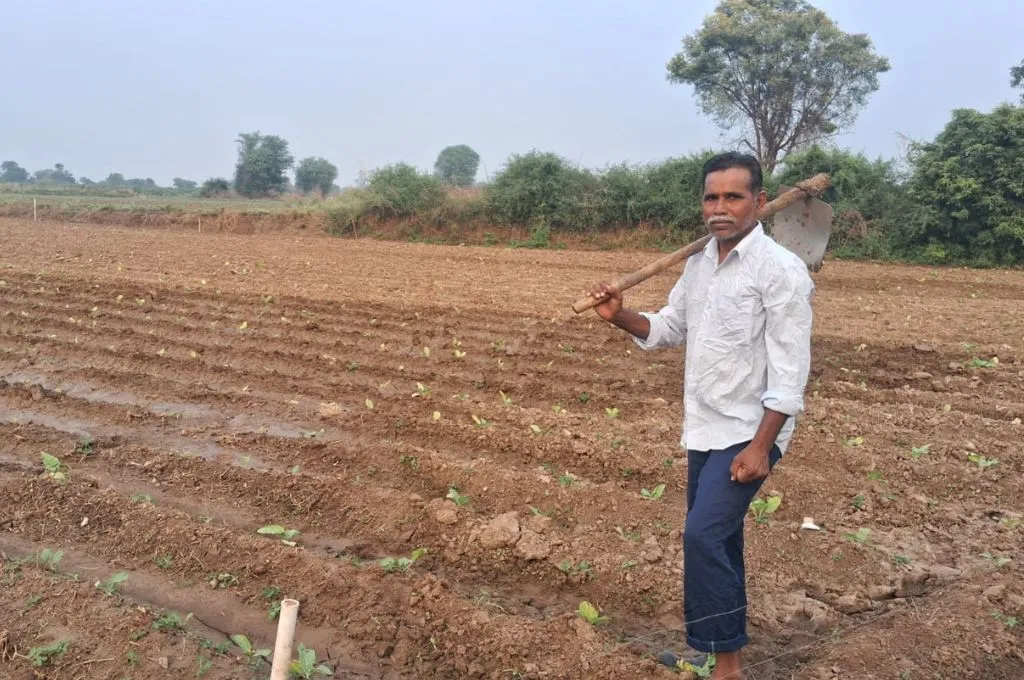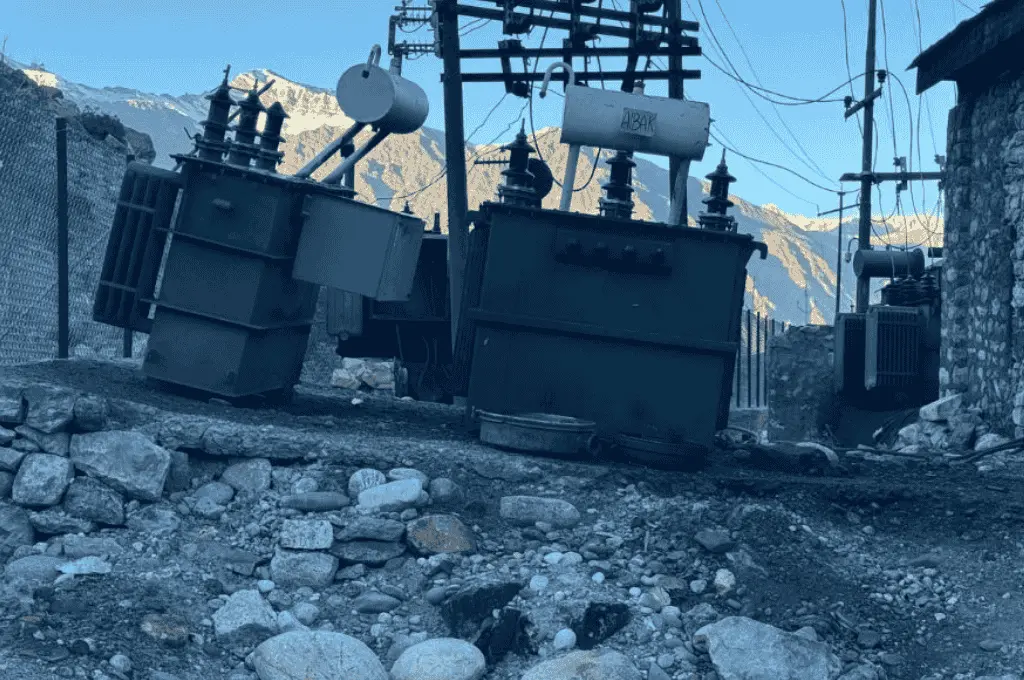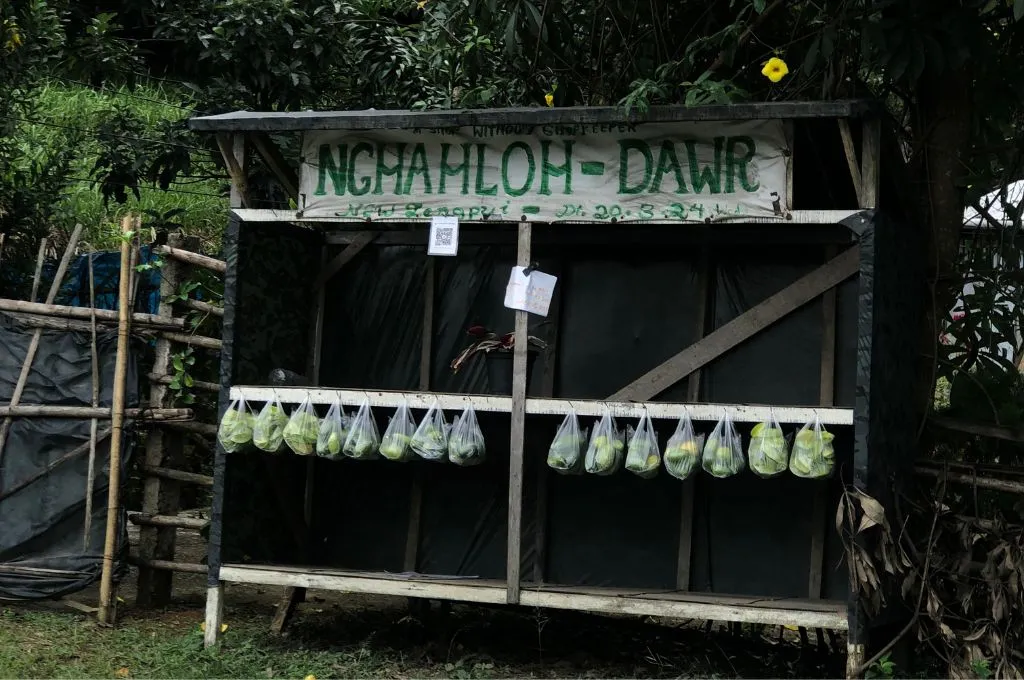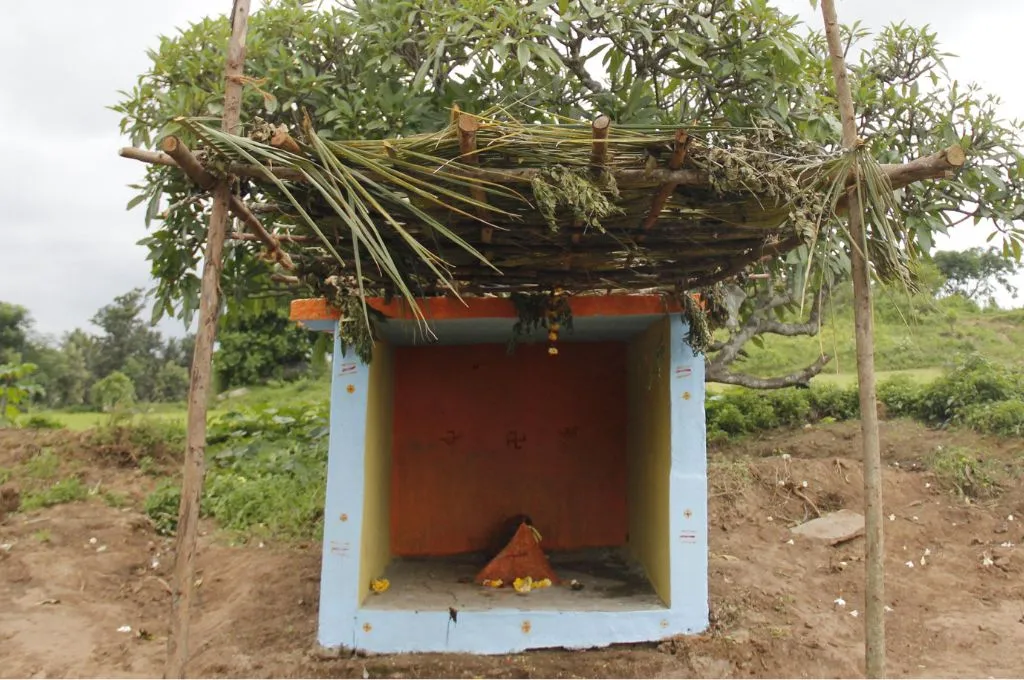Paper cut: The impact of climate change on Kashmiri paper mache
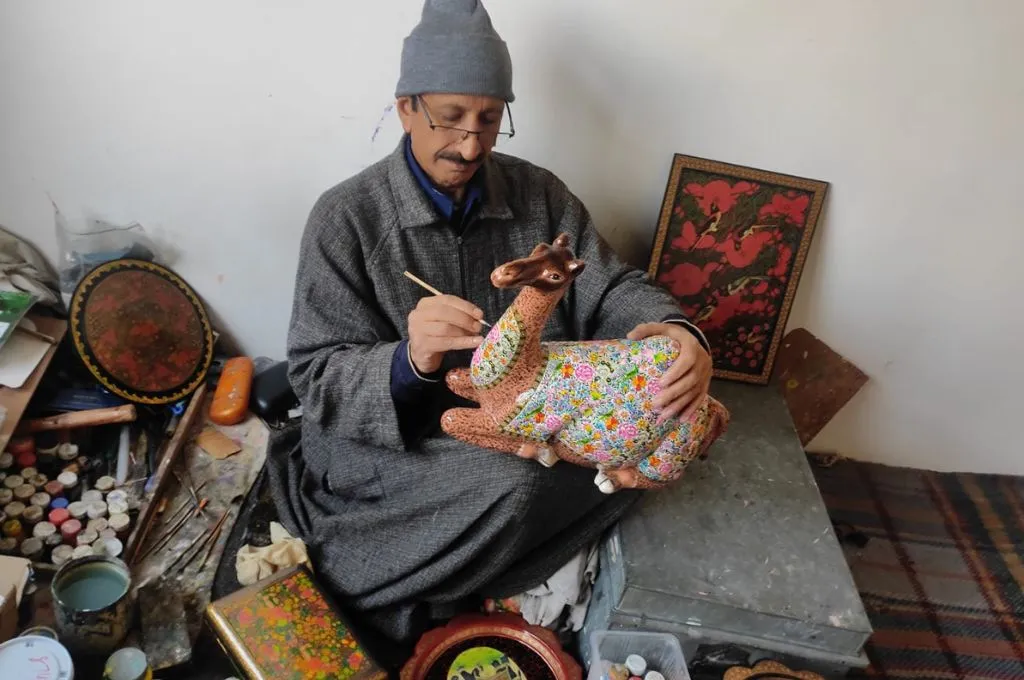
Like every other place in the world affected by global warming, Kashmir has also grown warmer. However, unlike most people whose work has been negatively impacted by it, rising temperatures have actually helped us—to a degree.
I come from a Kashmiri family of paper mache craftsmen. I learned the craft from my elder brother, Mohammad Yousuf Dar, and have spent 40 years making and selling paper mache souvenirs—candle stands, jewellery boxes, toys, mirrors, and more—to tourists.
The craft of paper mache is weather-dependant. In Kashmir, it is generally practised in summer when natural heat dries the material well and quickly. In warm weather, the paper mache is set out to sun-dry on the terrace. But in colder weather we dry it indoors, in rooms heated by wood- or coal-fired bukharis. These, however, tend to warp the objects, and so we prefer to work in summer.
The process begins with soaking waste paper in water for up to 20 days to make a pulp. A rice flour adhesive is then mixed in and the pulp is mounted on wooden or clay moulds. When it is 70 percent dry, we correct its shape and allow it to dry completely before taking it off the mould. The object is later coated with a mixture of chalk powder and Arabic glue, levelled with a special stone, pasted over with tissue paper, and smoothened with sandpaper. It is coated with a base primary colour and an image or design is then painted on it with a fine cat’s hair brush. The object is finally varnished to make it waterproof.
With climate change, we now have more warm days than before. This has helped speed up the process. An object that would have previously taken a week to produce can now be made in four to five days. But there’s also a downside to the rising heat. While the time taken has reduced, the labour has increased. We have to check the pulp frequently to make sure it doesn’t become too dry. Paints and varnish also dry up quickly. While paints have to be watered down often, more coats of varnish—seven instead of five—have to be applied to achieve the desired finish, which means we have to spend more money on varnish.
The effort would have been worth it had sales been good, because it would have allowed us to produce and sell more products. But the market for handmade goods has been steadily dwindling. One of the reasons is that factory-made ‘handicrafts’, such as carpets and wood-carved objects, have taken over. Paper mache is one of the few crafts that hasn’t yet been mechanised. However, popular souvenirs like paper mache shikaras (traditional Kashmiri boats) are being replaced by wooden factory-made items from Saharanpur in Uttar Pradesh. These objects are papered over and painted in the paper mache style and sold with ‘Kashmir’ painted on them, falsely indicating that they have been made here.
Today, only a handful of families continue the craft. It is on a ventilator and only government action can save it.
Ajaz Ahmad Dar is a paper mache craftsman from Kashmir.
—
Know more: Read this article to learn about another traditional occupation under threat in Kashmir.
